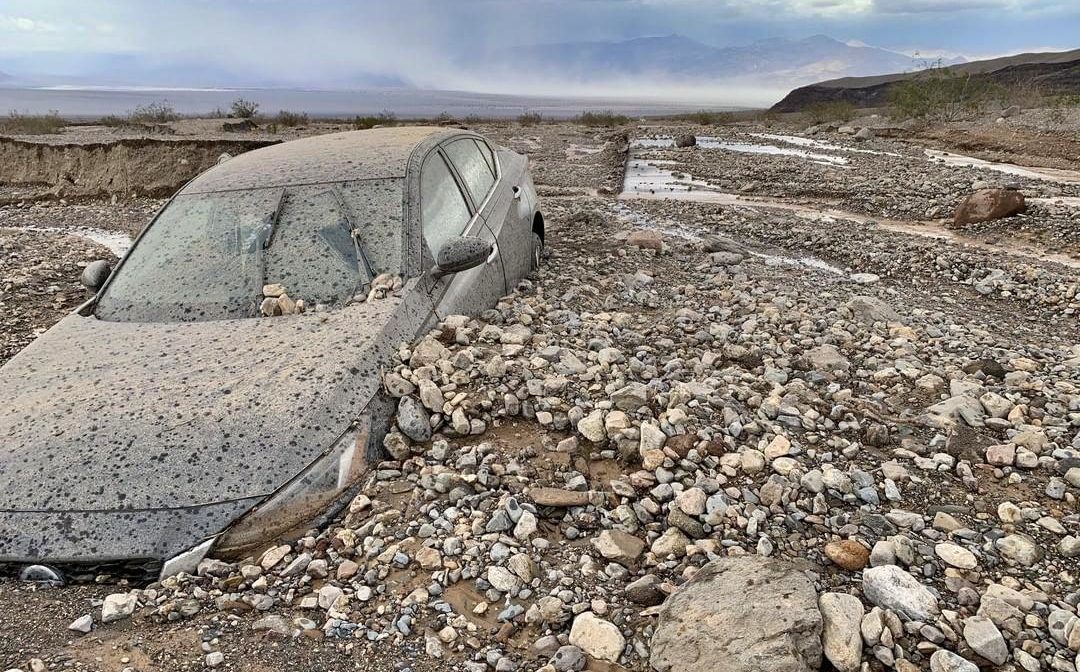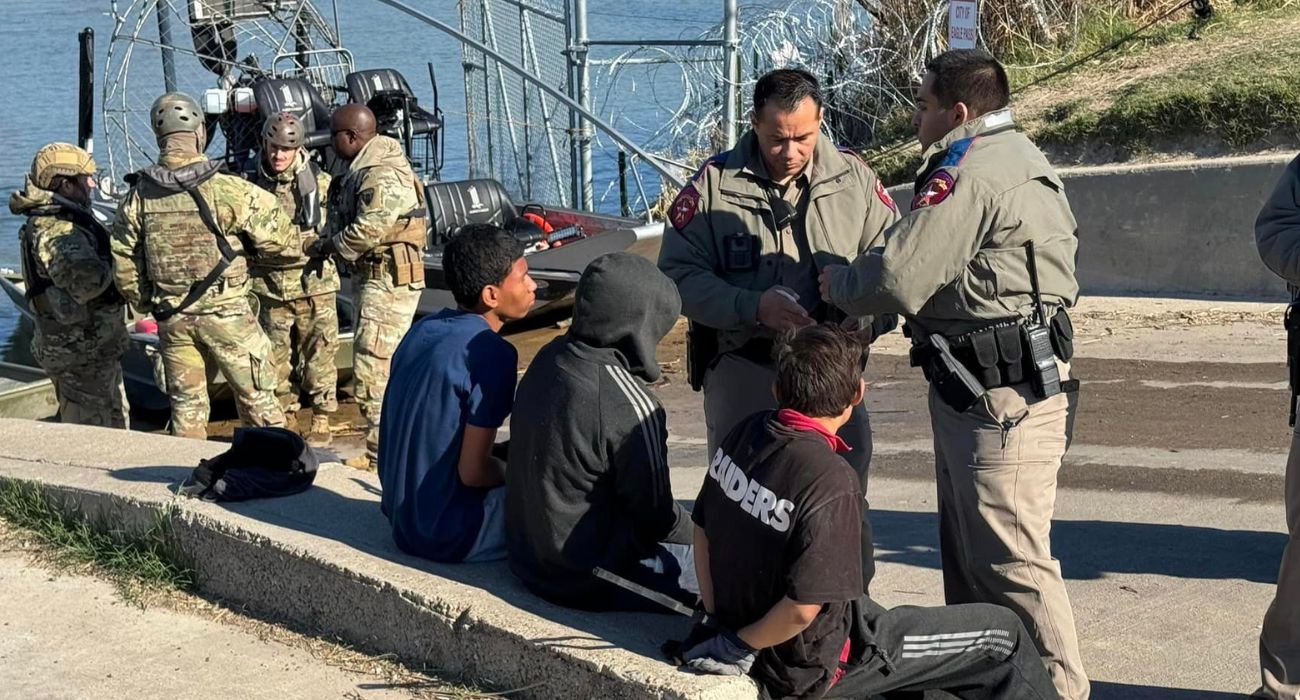Roads inside Death Valley National Park remain closed after historic rains caused catastrophic flash flooding earlier this month.
The 3.4 million-acre park near the California-Nevada state line received 1.46 inches of rain near the Furnace Creek area in three hours—roughly 75% of what that region typically receives in an entire year, according to the Associated Press (AP).
The rainfall set a new record for August and nearly broke the park’s record for the most rain in a single day—1.47 inches—which occurred on April 15, 1988, the Los Angeles Times reports.
Crews are working to remove debris, which initially covered 30 miles of the highway, park officials said. State Route 190, a main route into the park, will be off-limits to drivers until later this month as crews assess the damage and make repairs.
“The heavy rain that caused the devastating flooding at Death Valley was an extremely rare, 1,000-year event,” said Daniel Berc, a meteorologist at the National Weather Service. “A 1,000-year event does not happen once every 1,000 years; it has a 0.1 percent chance of happening in any given year.”
The downpour caused flash flooding and mudslides, burying 60 vehicles and stranding approximately 1,000 park employees and visitors. According to park officials, no one was hurt. Rescuers used helicopters and planes to conduct aerial searches for any other stranded vehicles in more remote areas.
Many miles of asphalt roads suffered moderate to severe damage, and 600 feet of the park’s water main was washed away.
Water flooded rooms and offices at the Inn at Death Valley, a park hotel. The fast-moving water swept away dumpsters, pushing them into parked cars, and caused cars to collide with other vehicles, according to park officials.
Summer storms are typically more localized within the vast national park, making the widespread weather event unusual, the Los Angeles Times reported.
The downpour on August 5 was the park’s second flooding event in a week.
“Death Valley is an amazing place of extremes,” said park superintendent Mike Reynolds. “It’s the hottest place on the planet and the driest in North America. Another example of this extreme environment is this week’s 1,000-year flood. With climate change models predicting more frequent and more intense storms, this is a place where you can see climate change in action.”






